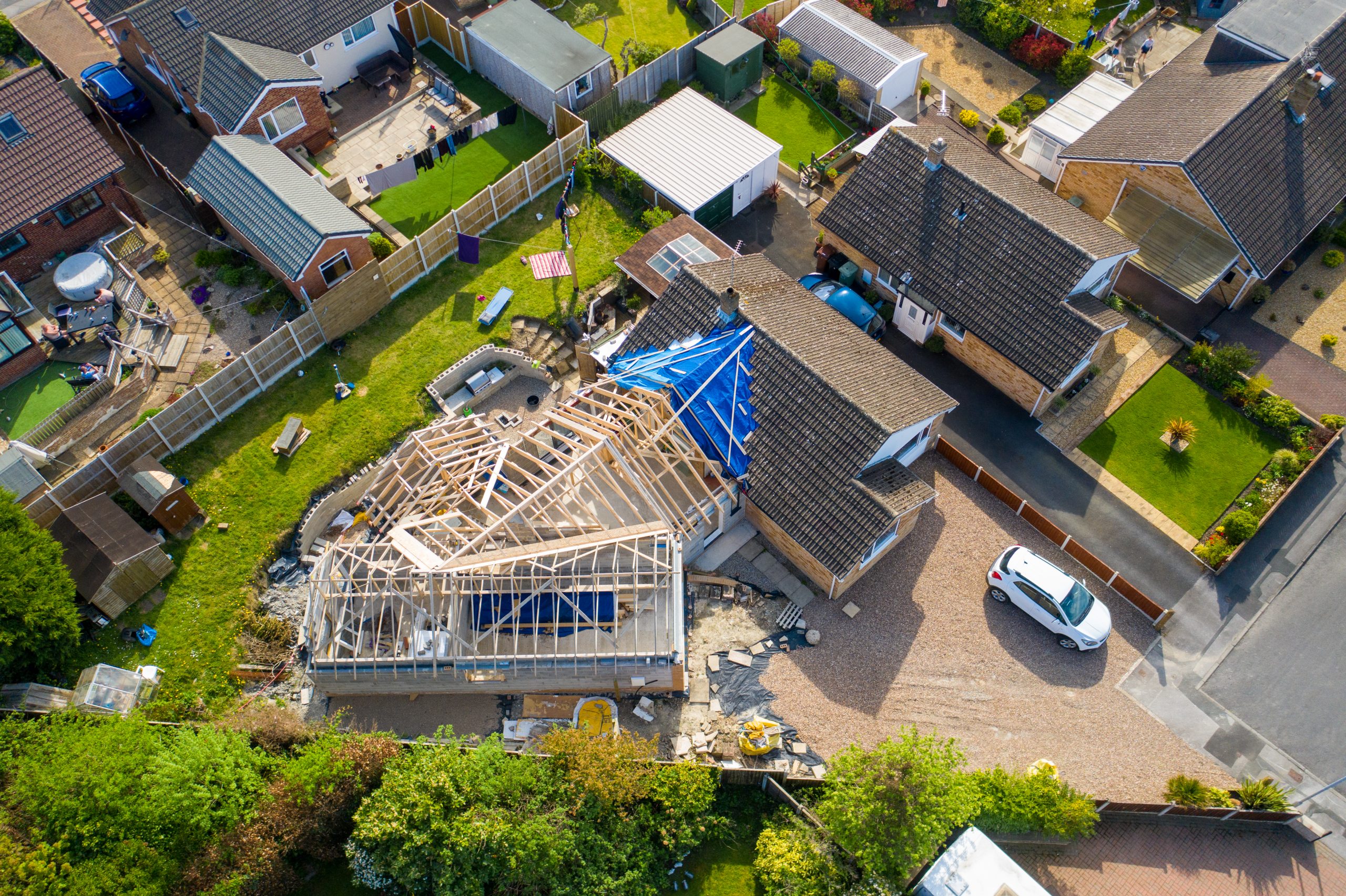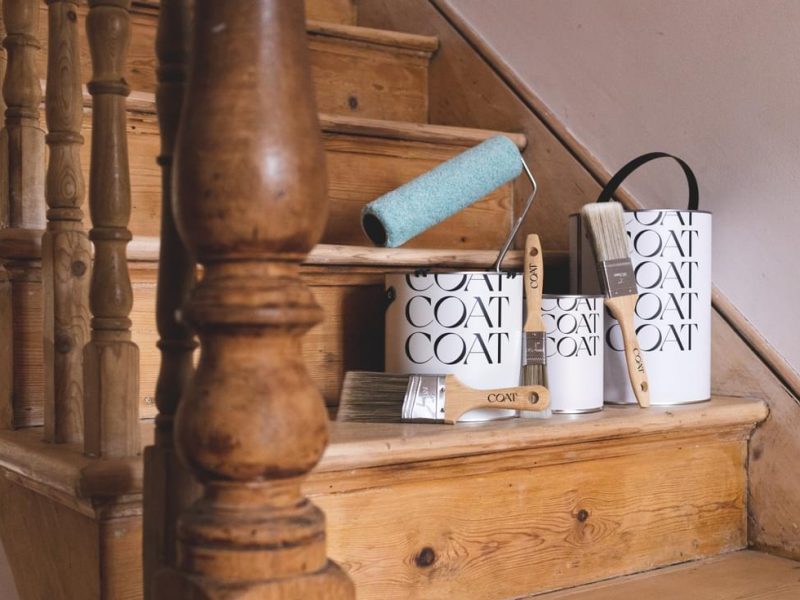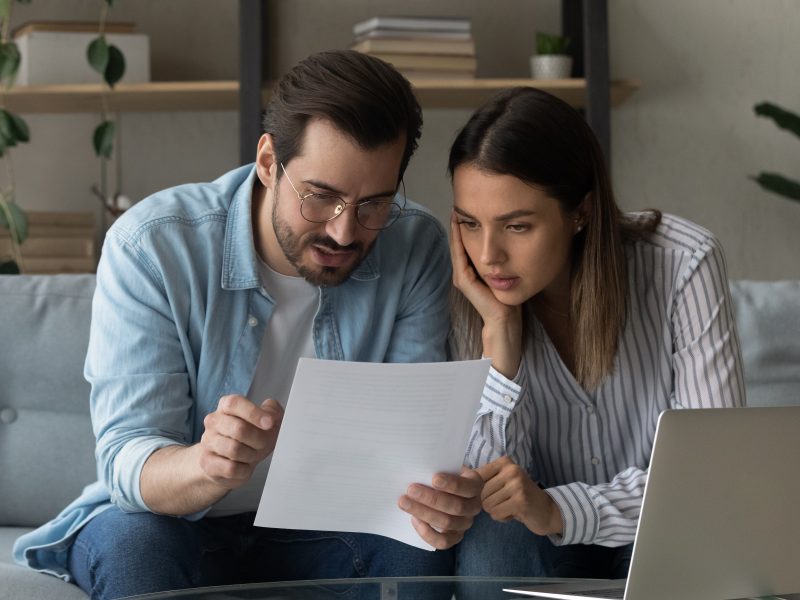
Tips & Guides: Qualifying for 5% VAT on your Building Project
It’s a little-known fact, that whilst the majority of home extension and renovation projects will be charged at the standard rate of VAT (20%) by builders, there is an exception to this rule, where a project may qualify for reduced rate VAT (5%).
In this article we’ll cover just some of the basic facts, as of March 2024. You are advised to refer to the government website for detailed information and check the details fully with your chosen builder.

Do we qualify?
In order to qualify for reduced rate VAT, the dwelling must not have been lived in for a period of two years, immediately prior to the commencement of the proposed works. There are also some exclusions which you should be aware of if you’re considering this approach.
The reduced rate will only apply to the labour and building materials supplied by a VAT registered builder. It will not apply to any items which you decide to purchase yourself.
If the goods are not ‘building materials’, for example carpets, some fitted furniture, and most electrical and gas appliances, then these goods will still be charged at the standard rate of VAT (20%). The same goes for any labour costs which might be associated to the fitting of those goods.
You can find an extensive list of what is and isn’t considered ‘building materials’ in relation to VAT rates, here (in section 13).

How is the reduced rate applied and reclaimed?
The process of applying the reduced rate VAT, and any subsequent claims back in relation to the purchase of materials, will be managed by your builder. They will be responsible for satisfying themselves and demonstrating (with your input) that the project qualifies for the reduced rate VAT and adheres to the requirements as set out by the HMRC.
Some builders may not be entirely familiar with these rules, so it’s worth considering selecting a builder who has some experience in this area. If you’re met with some resistance or uncertainties, you can also point them in the direction of the government website for clarification.
Whilst a certificate is not always requested, the builder will need to provide evidence if asked, that they have applied the 5% VAT rate correctly. Acceptable evidence will vary depending on circumstances. If your local authority has an ‘Empty Properties’ office, then you can request confirmation from them. Unfortunately, we have found that many of our local authorities do not actually have an Empty Properties Officer, so in this case you will need to refer to council tax records, electoral roll and utility bills to evidence that the property has been unoccupied for two years.
It’s extremely important that both the property owner and the builder have fully understood the conditions, and have compiled the appropriate evidence before applying the reduced rate, or else the HMRC may later issue an assessment for undercharged VAT.
If correctly applied in a qualifying scenario, this could result in some significant savings on your project.




